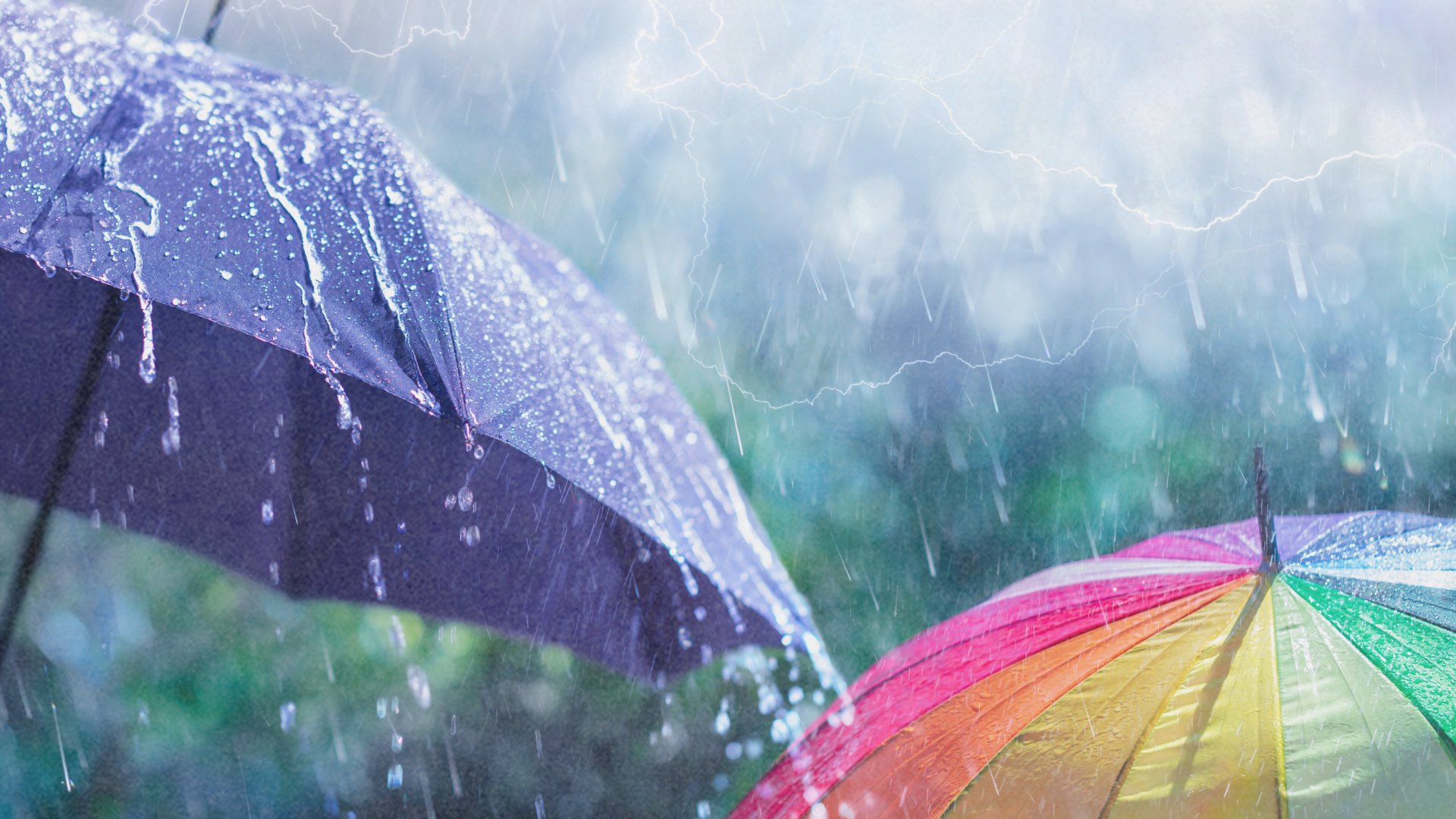As the rainy season intensifies across the Philippines, several parts of Metro Manila and provinces such as Zamboanga have been inundated by floods, triggered by persistent heavy rains brought by the Southwest Monsoon (Habagat) and a low pressure area (LPA).
In Zamboanga City, floodwaters rose to average human height over the weekend, prompting emergency evacuations. Reports from GMA’s 24 Oras Weekend indicate that rivers have overflowed into roads and residential areas. At least 52 families have sought temporary shelter, with 27 at the Cabatangan Barangay Hall and 25 at the Ayala Gymnasium.
The City Disaster Risk Reduction and Management Office (CDRRMO) has been on Blue Alert since June 6, signifying heightened monitoring and response due to continuous rains and potential hazards. Tragically, one casualty has been confirmed: a man drowned while swimming in rough ocean conditions.
Other flood-hit areas include San Jose Del Monte in Bulacan and Manila’s Roxas Boulevard, a major thoroughfare along the coast.
Strengthening Resilience and Reducing Risk
This early wave of flooding serves as a timely reminder of the urgent need to prioritize community and household-level disaster preparedness. Here are key steps individuals and communities can take to increase resilience and reduce the risk of accidents during the rainy season:
1. Stay Informed
- Monitor weather advisories from PAGASA and local government announcements.
- Follow the alert levels (e.g., Blue or Red Alert) issued by CDRRMO and other agencies.
2. Avoid Risky Activities
- Refrain from swimming or wading in floodwaters, which can carry strong currents, dangerous debris, and waterborne diseases.
- Avoid traveling through flooded roads—both for personal safety and to prevent damage to vehicles.
3. Prepare Emergency Kits
- Include essentials: potable water, canned goods, flashlight, batteries, medicine, hygiene items, and important documents in waterproof containers.
- Make sure each household member knows where the kit is stored.
4. Secure Homes and Surroundings
- Clean gutters and drainage systems regularly.
- Elevate appliances and furniture if living in a flood-prone area.
- Reinforce roofing and check for potential leaks before typhoons hit.
5. Know Your Evacuation Routes
- Identify the nearest evacuation centers and understand how to get there safely.
- Participate in community drills and disaster awareness programs.
Moving Forward
Flooding during the rainy season is an annual reality in many parts of the Philippines. While climate change and urbanization continue to challenge our infrastructure, building a culture of preparedness and resilience at the community and individual levels can save lives.
Prevention, timely response, and informed citizens are the strongest defenses against the hazards of the rainy season.



Leave a Reply